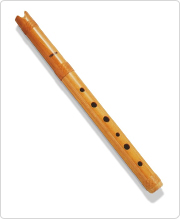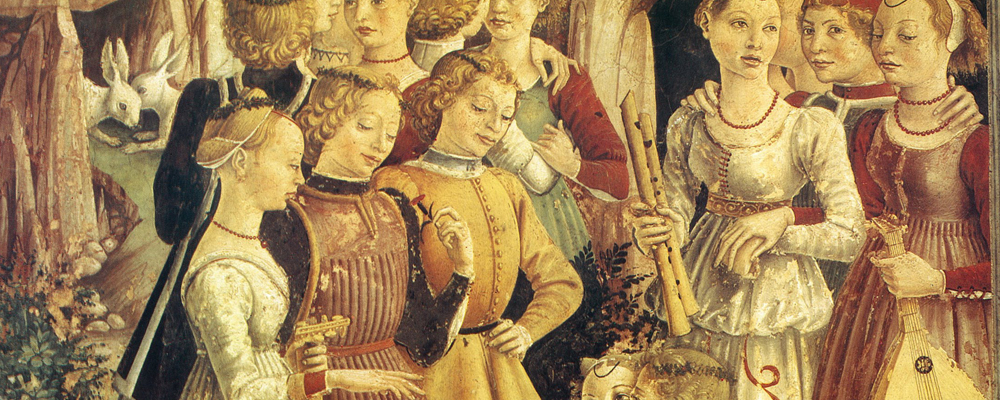The origins of the Recorder
The birth of the recorder
| Period | Era in musical history | Role of the recorder |
|---|---|---|
| 15th to 16th century | Renaissance | The recorder took on its current-day form. Frequent, lively performances. |
| 17th to mid-18th century | Baroque | The "Golden Age" of the recorder. |
| Mid-18th to early 19th century | Classical period | Gradual obsolescence, reduced opportunities to perform. |
| 19th century | Romantic period | Almost no trace of recorder performances. |
| 20th century | Present day・Modern era | Birth of renowned recorder players such as Brüggen Gained popularity once more through use in education. |
The vertical flute has a particularly ancient history, and includes the Japanese shakuhachi, the quena, seen in South American folk music and folklore, and a variety of primitive instruments that have been found all around the world.
The recorder, which has become the most widely popular of all end-blown flutes, came into being in Europe during the Middle Ages. From the second half of the 15th century to the 17th century it was frequently seen in lively performances. But from the late 18th century, under growing pressure from the flute, an instrument that differed in terms of volume and timbre, the recorder was increasingly overlooked.
However, around 150 years after the winter of its popularity, the recorder saw a 20th century revival at the hands of one particular individual. Through conducting research into old musical instruments, musicians once again brought the recorder into the spotlight. Beginning with the Dutch musician Brüggen, a number of virtuosos emerged, making major contributions to the spread of the recorder.

The Quena, a Latin American recorder. It is said that it took form in the age of the ancient Incan Empire

